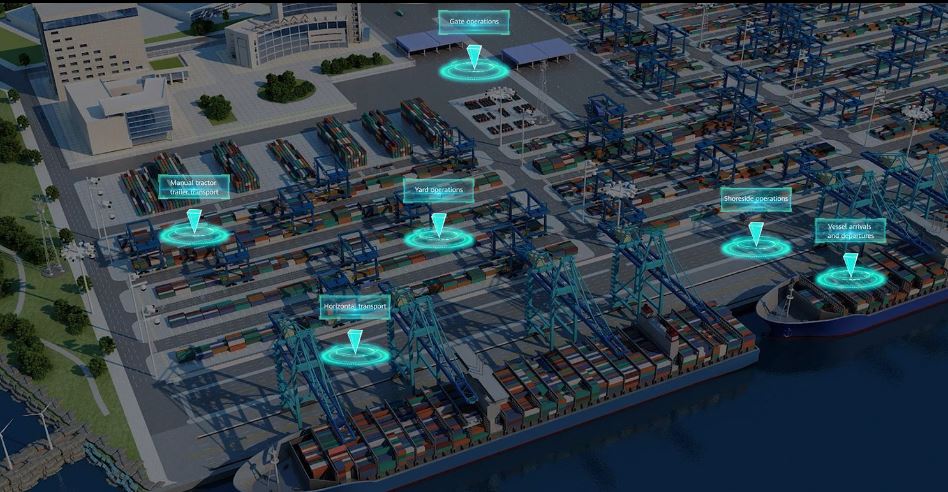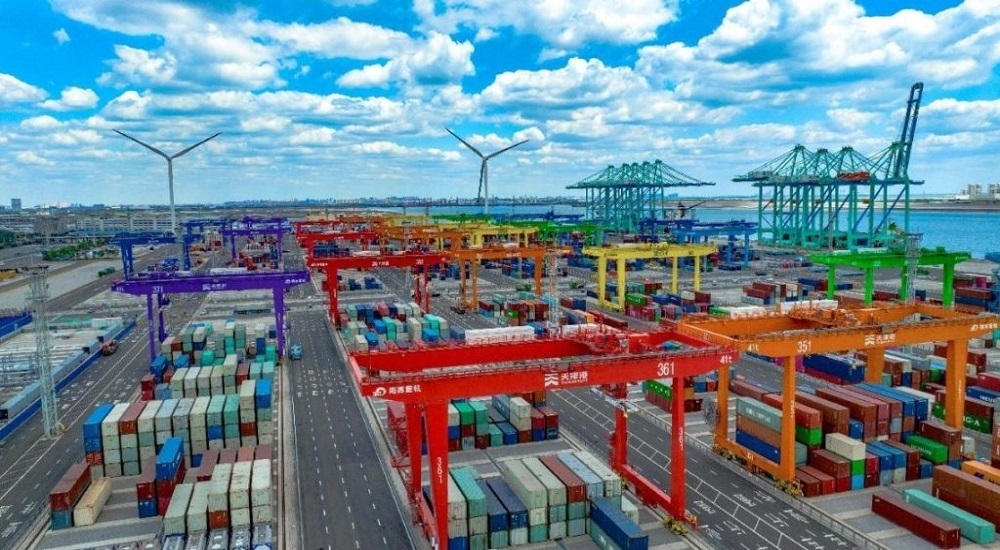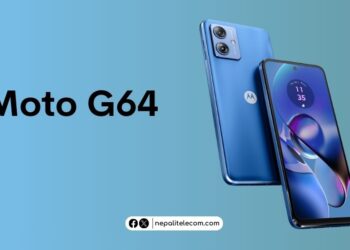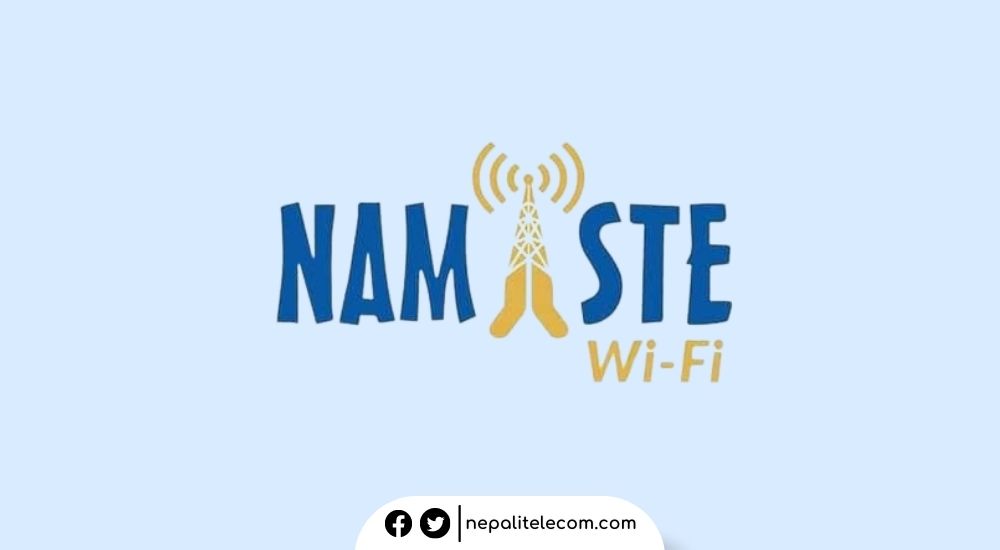The combination of the 5G network and 4L autonomous driving by Huawei at the Tianjin port has achieved a remarkable result making smart ports safer and more efficient. Leveraging innovative technologies, the smart port has seen major transformations thanks to its digital transformation that could guide ports at other venues in the world for safe operation.
At the end of 2021, congested ports caused severe disruptions in global supply chains. As the result, most stores were out of stock during Black Friday and Christmas, the peak selling season. But the automation and intelligence (5G+4L) innovation from the ports in China can effectively address this condition.
The innovative plan is implemented at the visitor platform at the container terminal at Section C of Tianjin Port. There, the container cranes operate automatically and autonomous electric container trucks come and go.
The quay cranes are remotely controlled. They efficiently pick up containers loaded with cargo from cargo ships and load these containers onto driverless electric container trucks.
Under the supervision of the BeiDou navigation satellite system, the container trucks go to the automatic locking/unlocking stations, according to the optimal driving router in real-time, to unlock the containers. Then, they drive to the container yard. The whole process completes in one go.
Tianjin Port Group (TPG) has built this smart terminal in collaboration with Huawei and other partners. The project is part of the companies’ efforts to build a smart and green port.
Also see: Huawei Unveils IntelligentRAN Wireless Architecture
5G+4L autonomous driving at the port gets its support from Huawei
One of the highlights of this project is Huawei’s self-developed AI-based intelligent horizontal transportation system. It has achieved a series of “world’s firsts”. It’s the world’s first large-scale commercial use of ultra-L4 driverless, and the world’s first “5G+BeiDou integration of ubiquitous intelligence. Similarly, it is also the first to self-sufficiency in green electricity and zero carbon emission, etc.
One of the key innovative applications to address this is Huawei’s self-developed, truly AI-based intelligent horizontal transportation system, which has achieved a series of “world firsts”: Large-scale commercial use of ultra-L4 driverless, the world’s first “5G+BeiDou” integration of ubiquitous intelligence, the world’s first self-sufficiency in green electricity and zero carbon emission, etc. The milestone is a potential blueprint for other parts of the world to build intelligent and low-carbon ports.

The 5G + 4L autonomous driving by Huawei at the port has resulted in visible benefits. Prior to this, transporting containers to the yards required a large number of container trucks. At the same time, using human drivers come costly. Tianjin Port currently has 76 container trucks. Each container needs three drivers to ensure round-the-clock operation with three shifts a day. This means a total of 210 drivers are required at the port. Likewise, it is also tiresome for the drivers to find routes in three shifts.
With the smart port system, each container consumes 20% less energy, and cranes are 20% more efficient on average. Each crane operates 39 container units per hour.
Check out: Huawei Discusses Advanced Connectivity, Boost Growth at UBFF
Tianjin port remains of the advanced ports in China
Tianjin Port is one of the most advanced ports in China and a vital hub for the One Belt One Road initiative.
The port has a 300000-ton-class wharf with a channel depth of -22 meters. It has 192 berths of various types and 128 berths above the 10,000-ton-class. As per the reports, by 2021, the port’s cargo throughput touched 435 million tons and ranked ninth in the world. Likewise, the container throughput surpassed 18.35 million TEUs, ranking eighth in the world.













